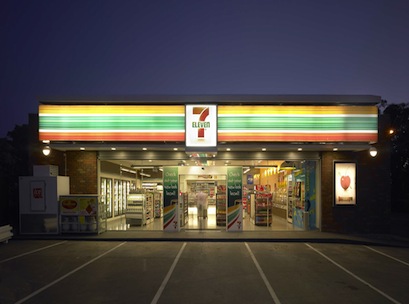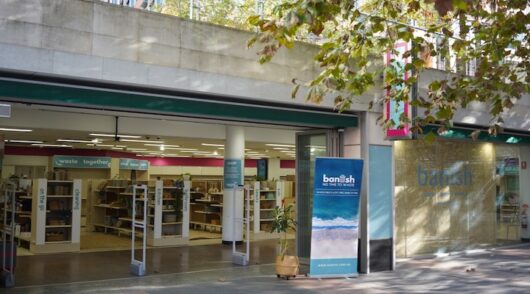 The convenience sector has recorded growth of four per cent in the first half of 2014, according to the half year Australasian Association of Convenience Stores (AACS) State of the Industry report.
The convenience sector has recorded growth of four per cent in the first half of 2014, according to the half year Australasian Association of Convenience Stores (AACS) State of the Industry report.
This result follows the 3.7 per cent increase recorded for the whole year in 2013.
AACS CEO, Jeff Rogut, said the strong momentum was a testament to the retailers and suppliers at the forefront of the industry.
“The half year result demonstrates the industry is tracking well for another year of sustained growth. The commitment to innovation on both the supply and retail side of the industry is clearly paying dividends in what remains a challenging environment for retailers generally,” Rogut said.
“Generally speaking, strong performing product categories in 2013 have continued to show growth, while the challenge to extract value from underperforming categories remains,” he said.
Once again, non food grew at a faster rate, increasing by 4.6 per cent in the first half; while food dropped slightly on the 2013 result at 3.2 per cent growth in the first half of 2014 compared to 3.5 per cent last year.
After a strong result in 2013, the ice cream category maintained its momentum into the first half of 2014, once again having the strongest growth for the first half at 10.6 per cent. Other leading categories for the half included medicinal, which grew 8.6 per cent; take home beverages at 5.5 per cent; and food on the go, which increased by 4.5 per cent.
Continuing the trend driven by further Government excise increases, the massive growth in the tobacco sub-value category of 61.7 per cent, and roll your own tobacco of 29.1 per cent saw the tobacco category sales for the half increase 7.3 per cent.
“Another round of Government excise increases on tobacco and the growth in the illicit tobacco market driven by plain packaging continues to impact small businesses, pushing legal tobacco customers to cheaper product alternatives, with price firmly established as the key driver in tobacco sales,” Rogut said.
Mainstream cigarettes remains the largest category, however, the growth rate was just 0.9 per cent, while the premium category, which remains the second largest, declined 7.4 per cent.
The alarming incidence of petrol theft crimes remains the perhaps the most concerning area for the convenience industry, with petrol theft now costing on average $191 per store per week, equating to almost $60 million annually, an increase of 30 per cent.
“Petrol theft crimes are occurring in unprecedented numbers. Aside from the potentially dire safety consequences, the financial implications for convenience store owners have become critical,” Rogut said.
“The AACS will remain outspoken on the issue as theft is a cost that can’t be absorbed by retailers and will necessarily be passed on to motorists. Petrol theft is increasing, and while police fail to acknowledge the issue, it will continue to get worse.”
Nevertheless, on a whole, to see the convenience industry continue to achieve growth against a backdrop of high fuel prices and budget uncertainty is especially pleasing, Rogut said.
“After strong performance in 2013 in a challenging environment of subdued consumer confidence and a market which is prioritising value, it was encouraging to see the convenience channel has again achieved growth above CPI.”





